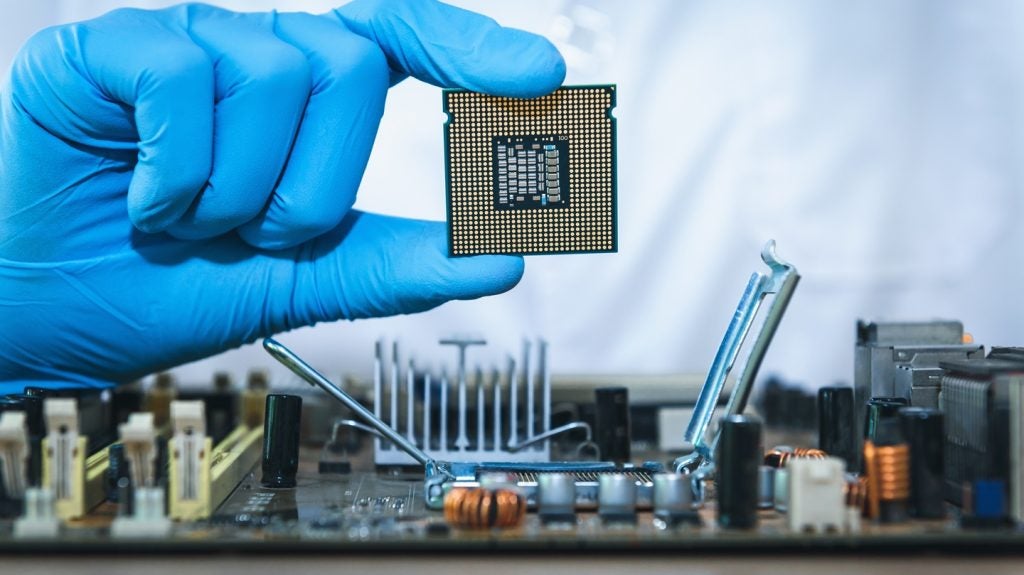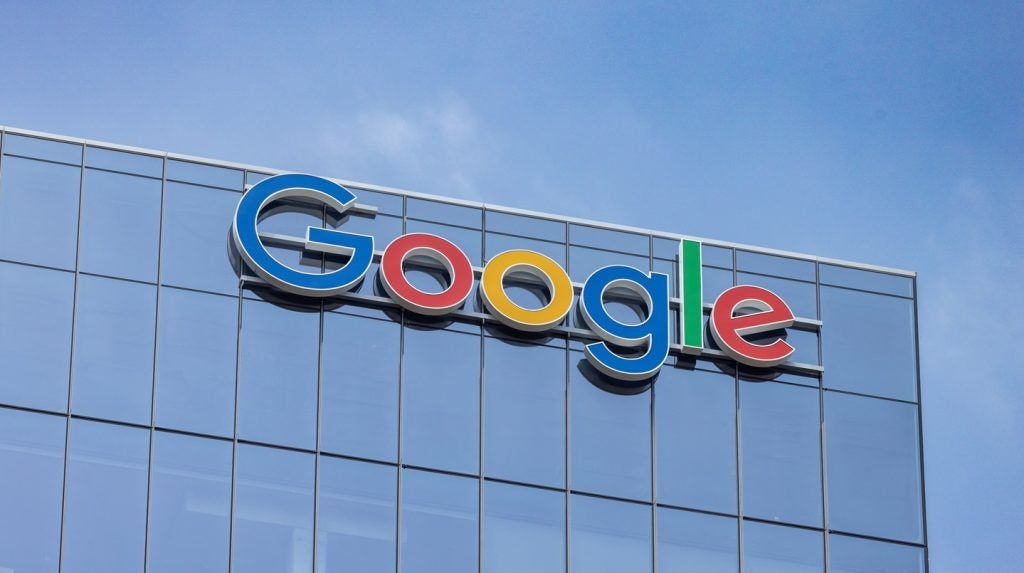Innoviz Technologies has filed a patent for a LIDAR system that uses a light source, sensor, and processor to generate a point cloud representation of the environment. The system receives output signals from the sensor to determine the location of an object’s edge and generate a data point for the point cloud. GlobalData’s report on Innoviz Technologies gives a 360-degree view of the company including its patenting strategy. Buy the report here.
According to GlobalData’s company profile on Innoviz Technologies, Lidar-guided object detection was a key innovation area identified from patents. Innoviz Technologies's grant share as of September 2023 was 23%. Grant share is based on the ratio of number of grants to total number of patents.
The patent is filed for a lidar system with object detection and point cloud generation
A recently filed patent (Publication Number: US20230288541A1) describes a LIDAR system that utilizes laser light to generate a point-cloud representation of the environment within its field of view. The system includes at least one light source that projects laser light and at least one sensor that detects the reflected laser light from objects in the field of view. A processor controls the light source to scan the field of view and receives reflection signals from the sensor to generate the point-cloud representation.
The processor is further configured to receive output signals associated with laser light pulses incident upon objects in the field of view. By analyzing these signals, the processor can determine the portion of the laser light pulse that was incident upon the object and use this information to determine the location associated with the edge of the object. This allows for the generation of point cloud data points representative of the determined edge locations.
The patent also describes additional features of the LIDAR system. The processor can selectively control the pulse rate of the light source based on the determined edge location, with a higher pulse rate over the edge location and a lower pulse rate elsewhere. Similarly, the angular scanning rate of the scanner can be controlled based on the edge location, with a lower rate over the edge and a higher rate elsewhere.
The scanning pattern of the LIDAR system can include various configurations such as horizontally or vertically oriented scan lines, non-linear scan lines, or a combination of these. The spot shape associated with the projected laser light can have a greater dimension along the horizontal axis than the vertical axis.
The patent also discusses the use of multiple output signals from the sensor to determine reflection characteristics and differentiate between different objects. The system can store indicators of maximal reflection characteristics associated with laser light pulses incident upon objects.
In summary, the filed patent describes a LIDAR system that utilizes laser light and sensor data to generate a point-cloud representation of the environment. The system incorporates various features such as controlling pulse and angular scanning rates based on object edges, different scanning patterns, and differentiation between objects using multiple output signals. These advancements aim to improve the accuracy and resolution of LIDAR systems for various applications.
To know more about GlobalData’s detailed insights on Innoviz Technologies, buy the report here.
Data Insights
From

The gold standard of business intelligence.
Blending expert knowledge with cutting-edge technology, GlobalData’s unrivalled proprietary data will enable you to decode what’s happening in your market. You can make better informed decisions and gain a future-proof advantage over your competitors.







